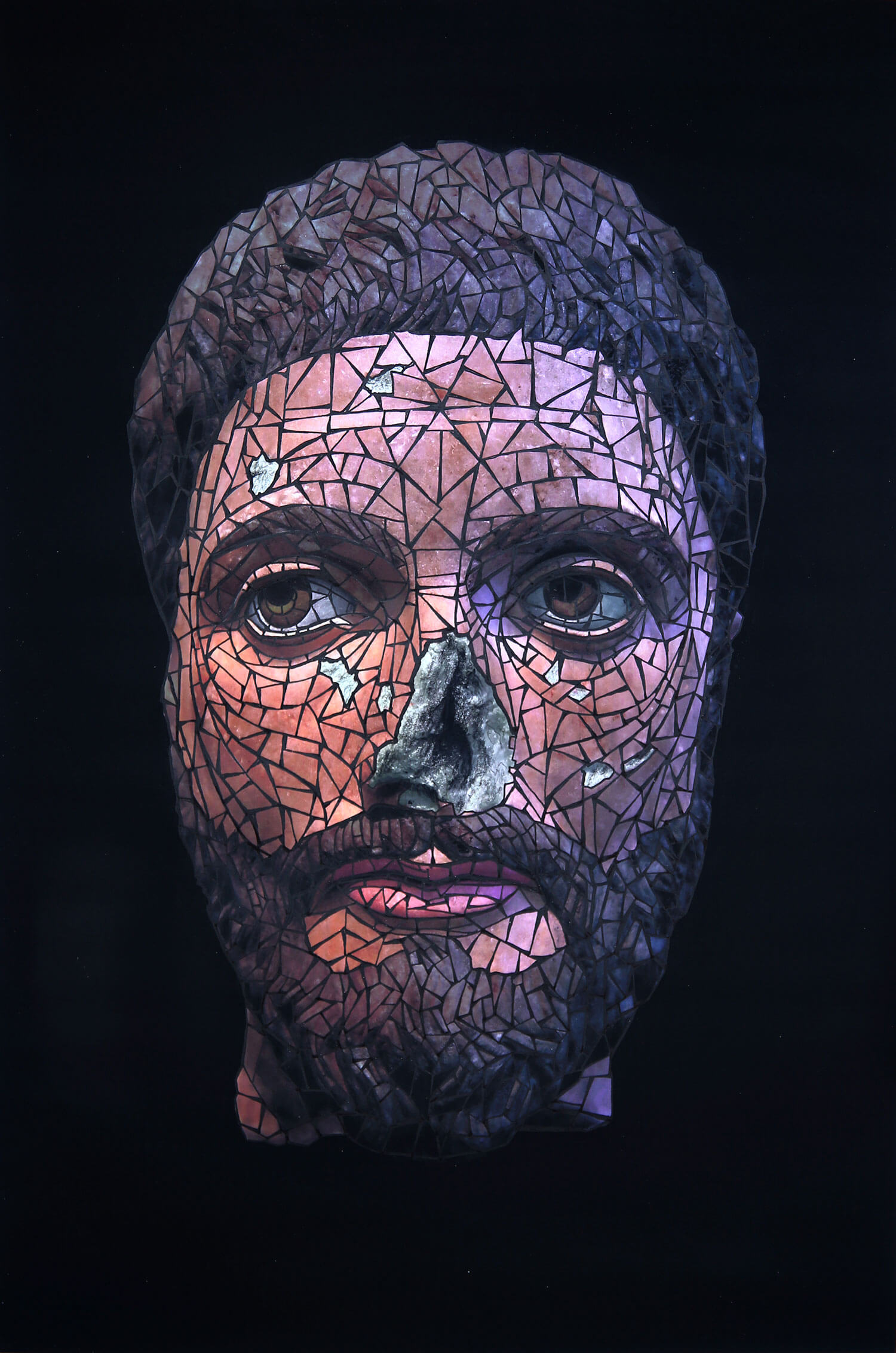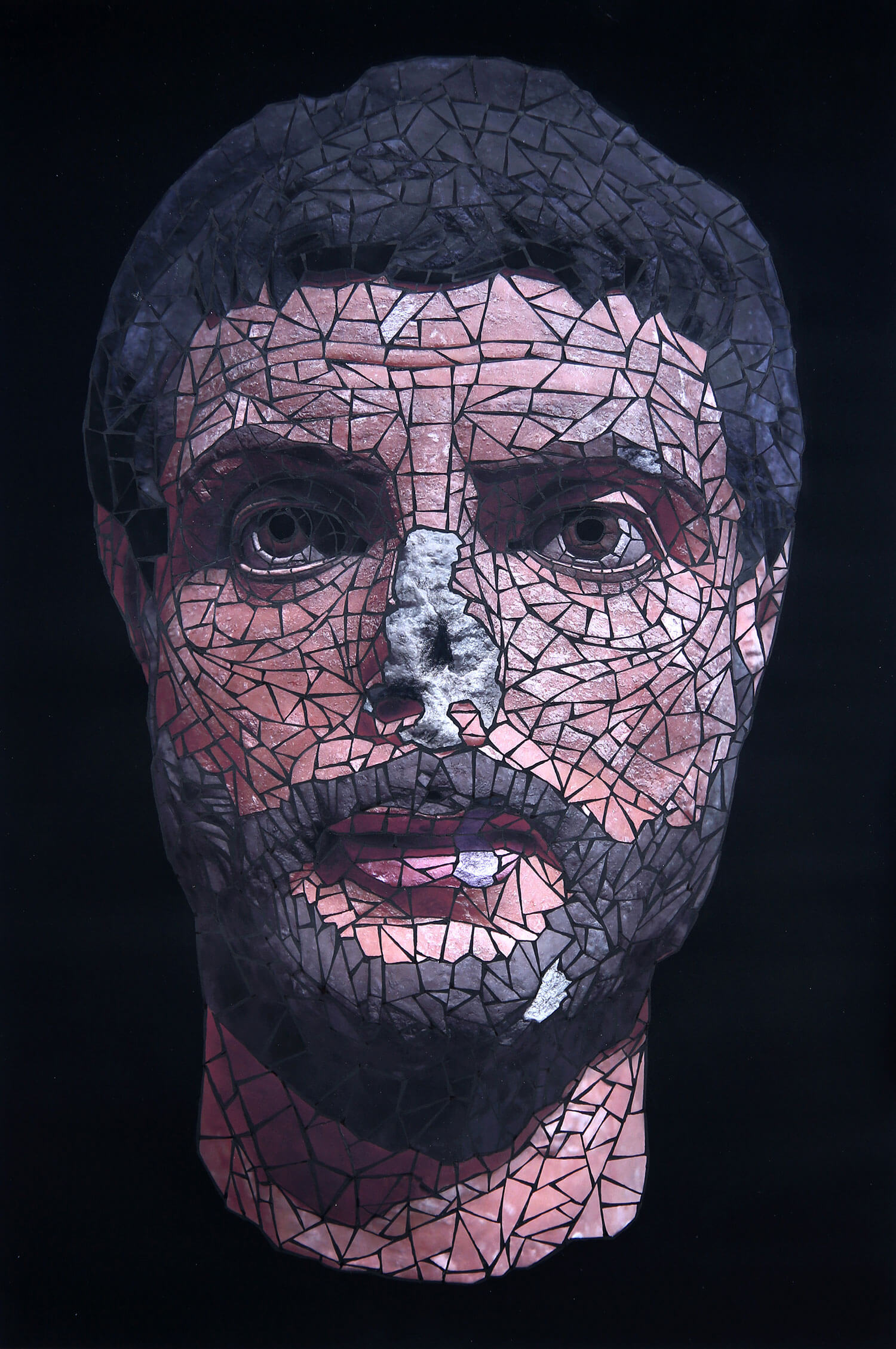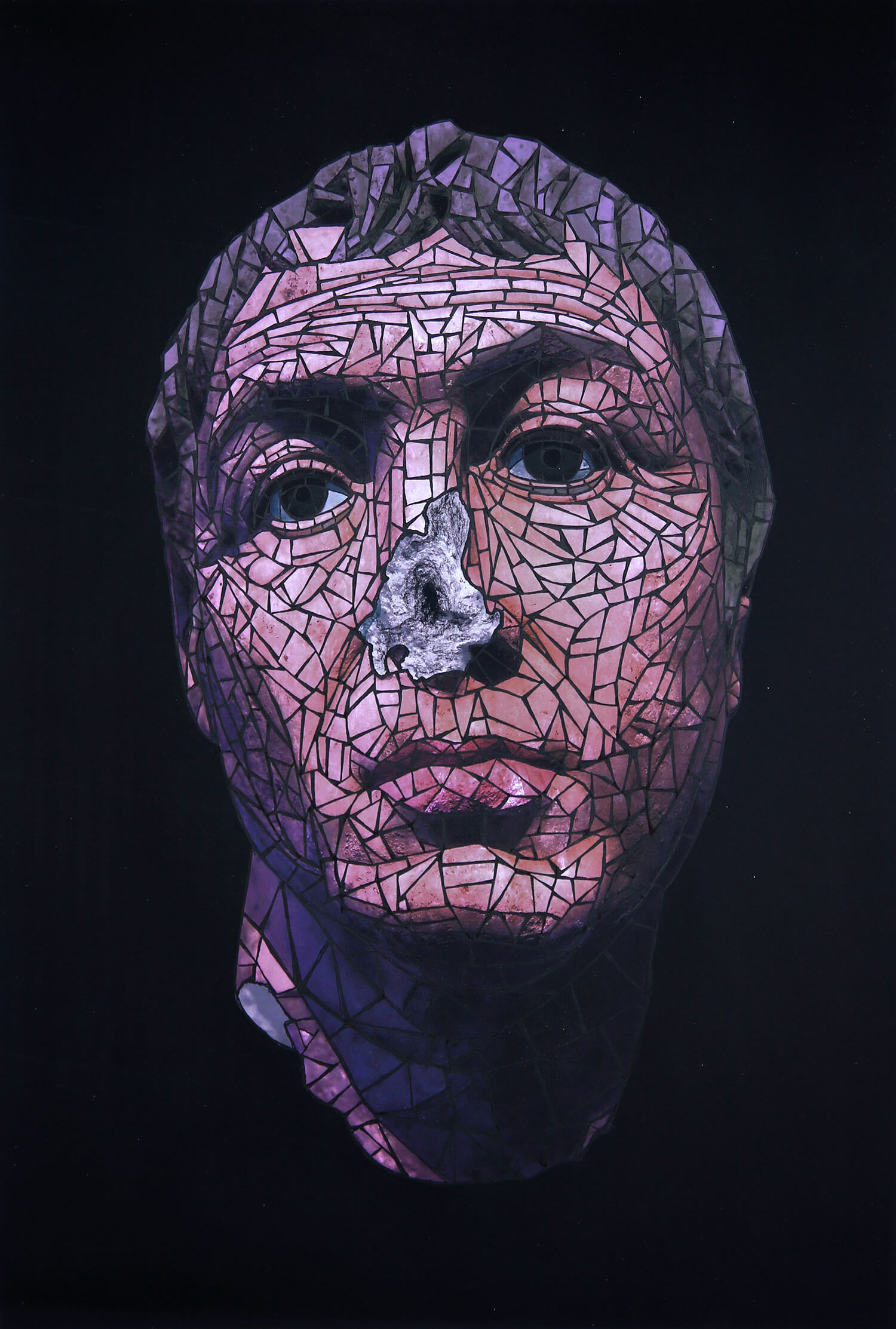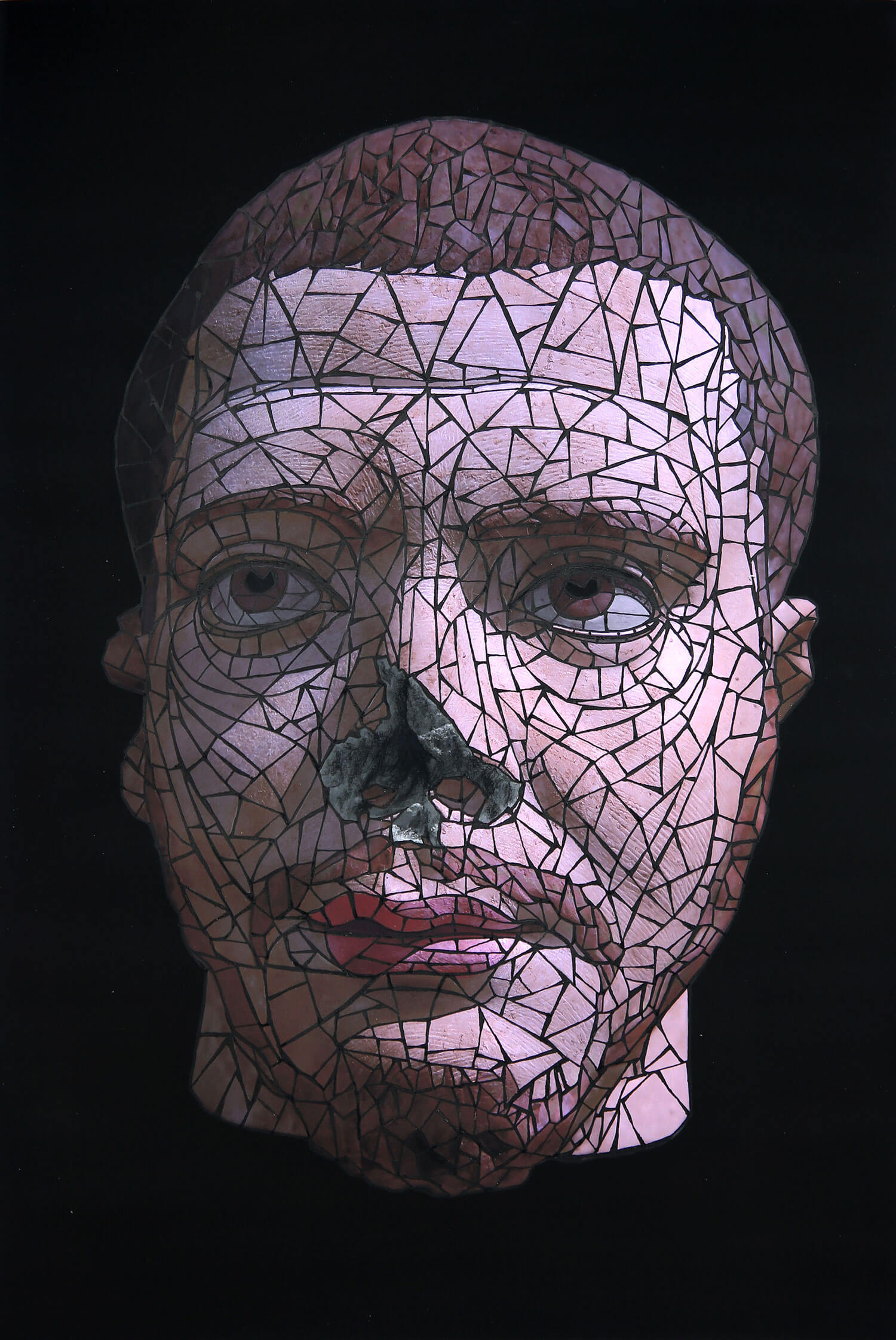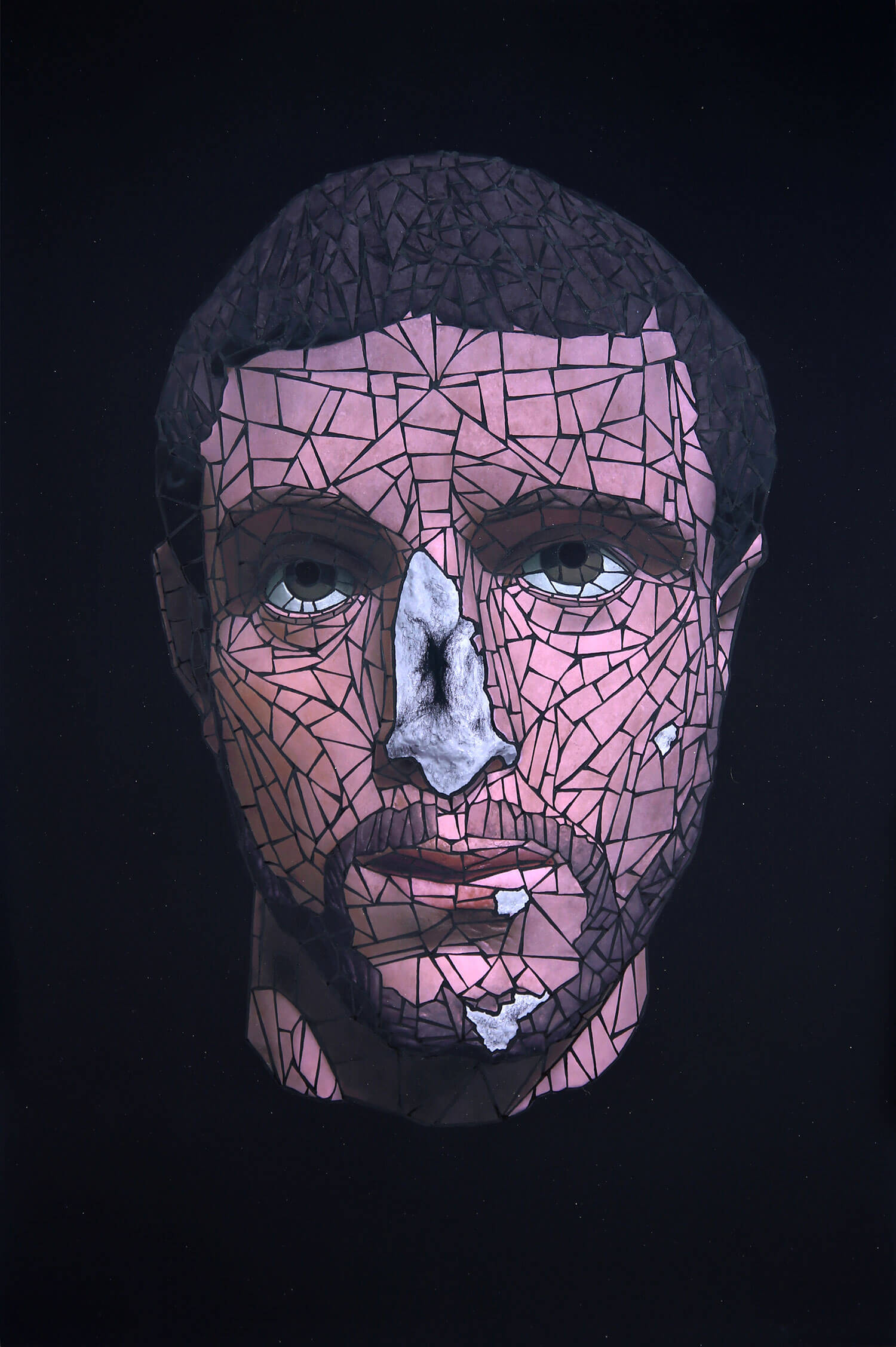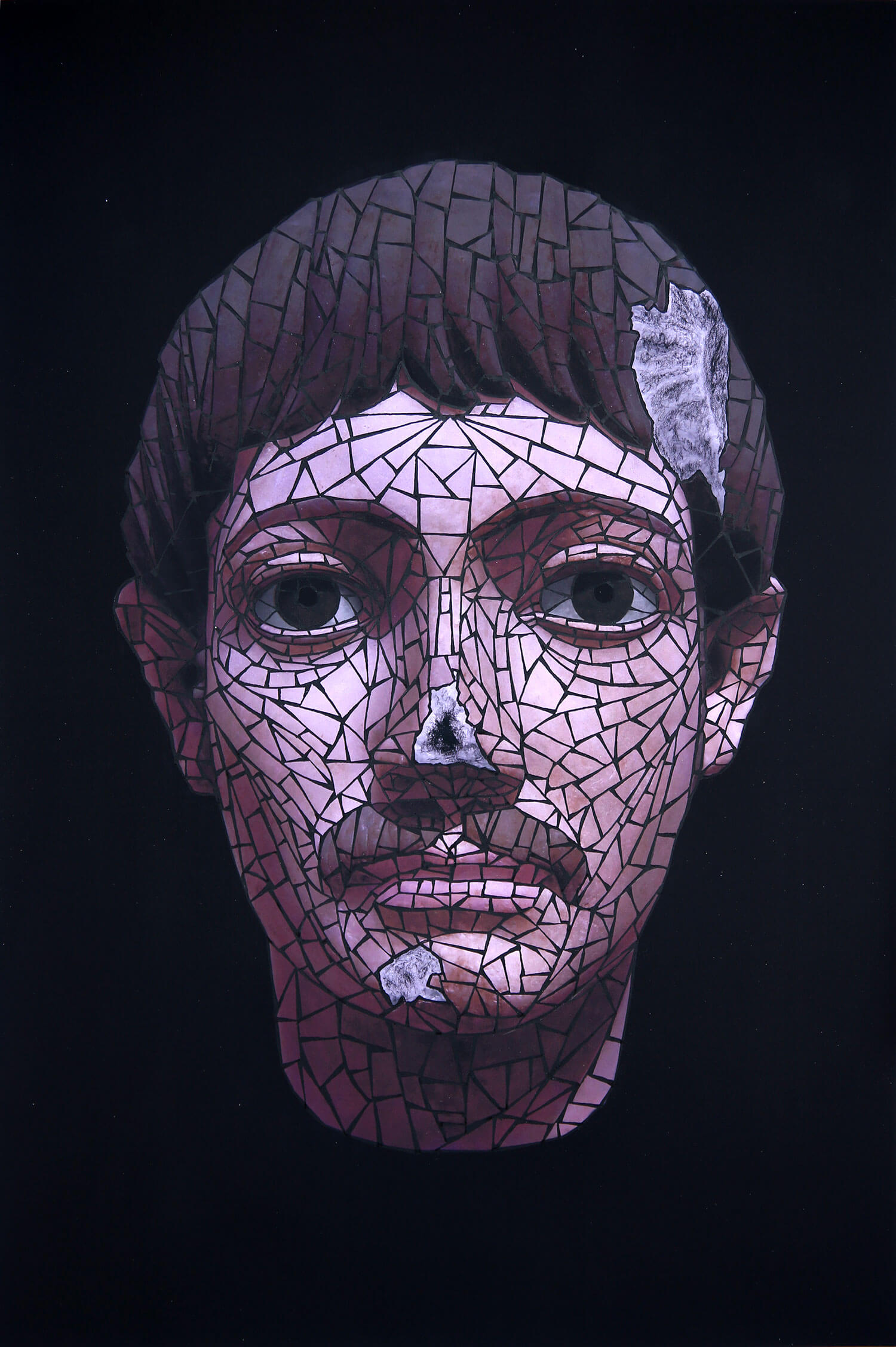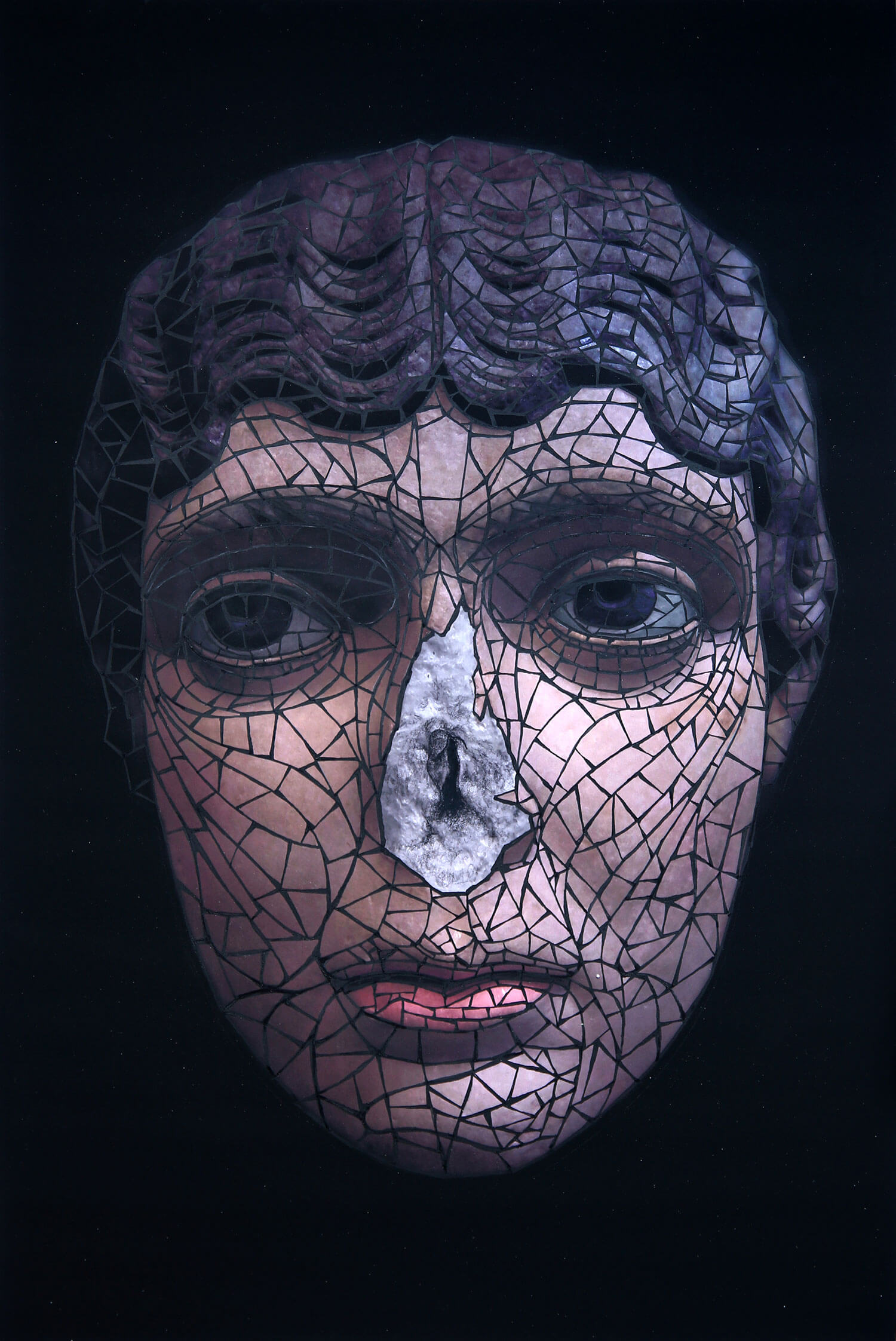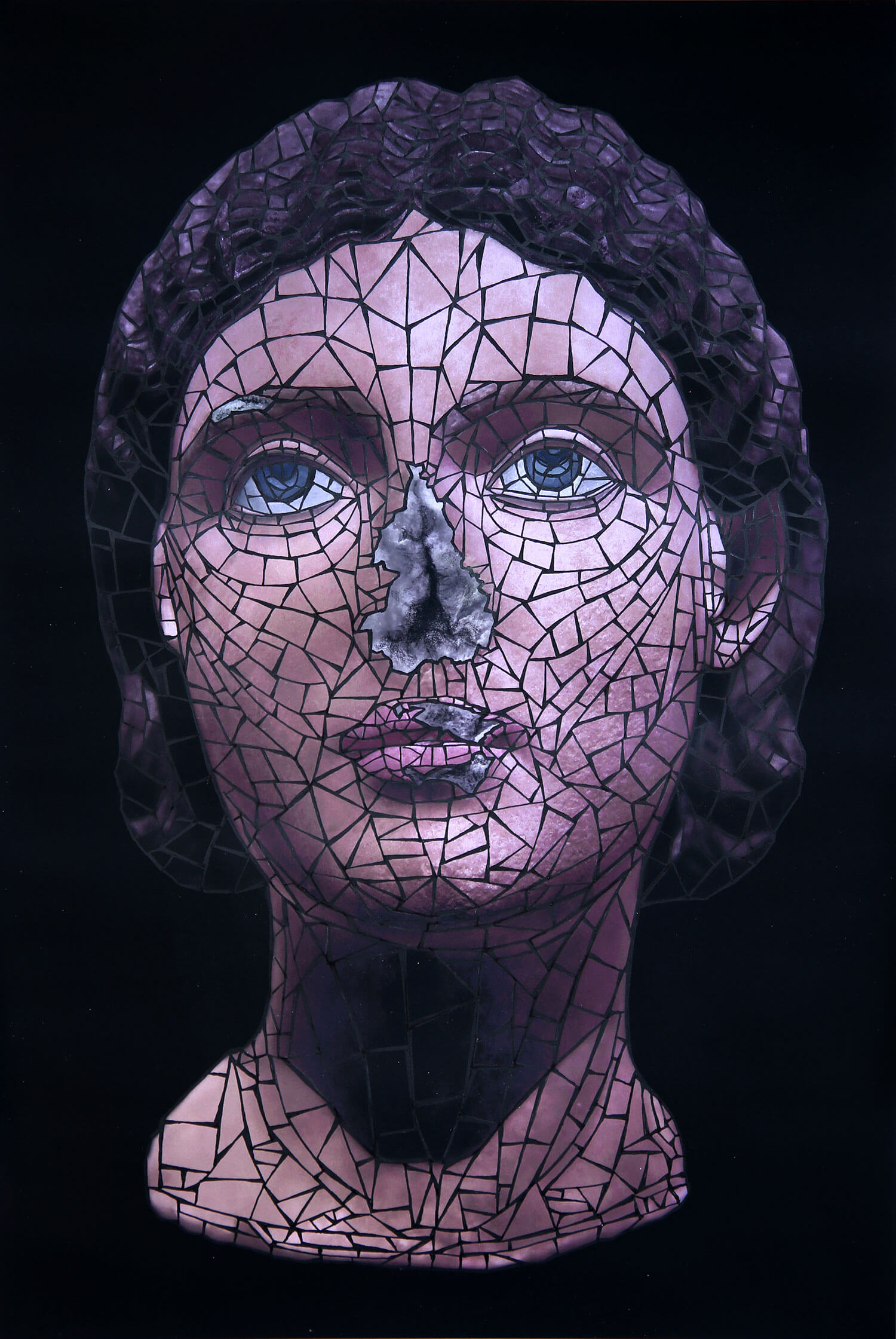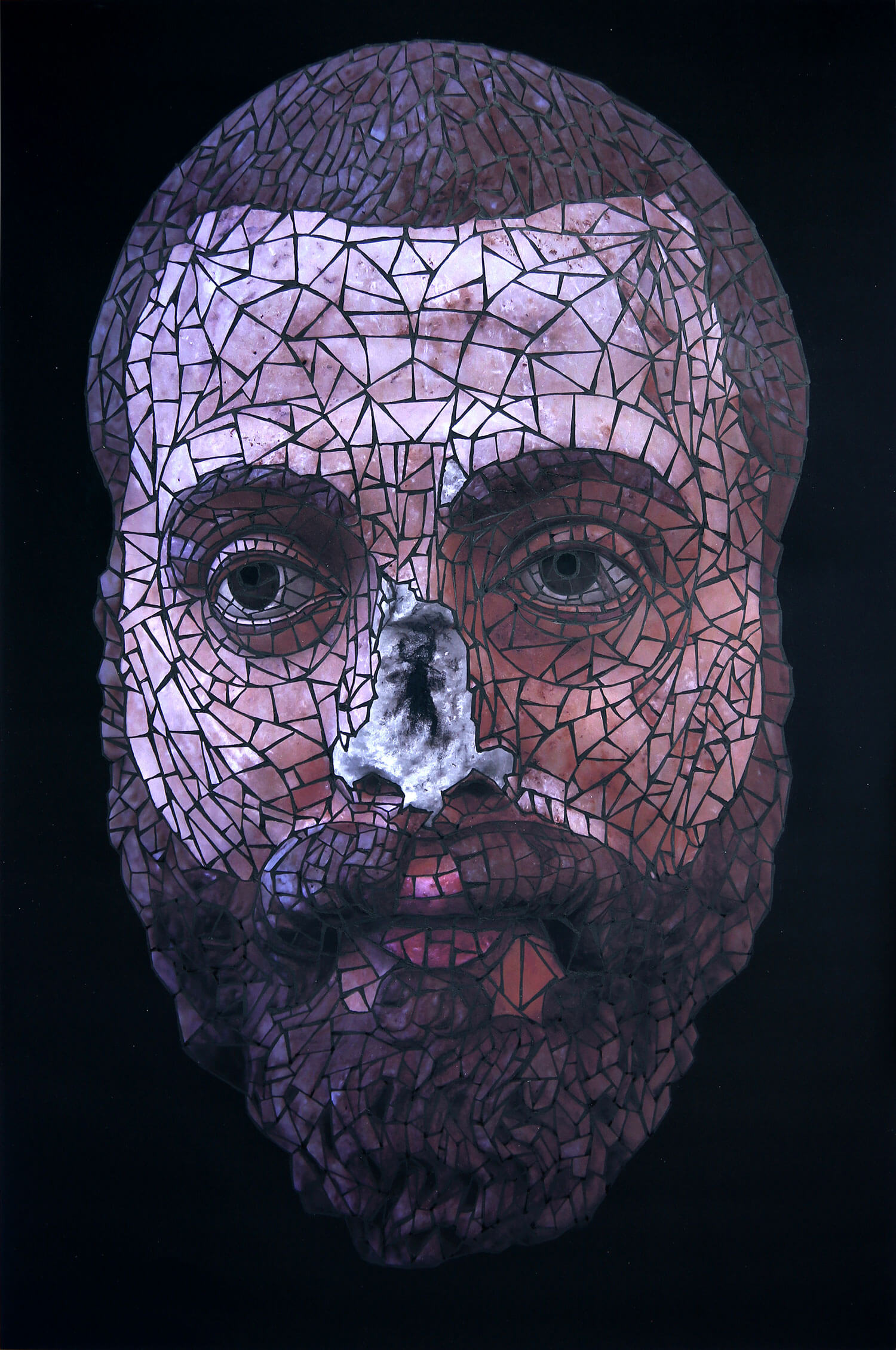PAST NOSES
LAST EXPRESSION
A person has a lot of masks, depending on the situation – family relations, working… This ability to change them is called a public face.
I was interested in how the real face looks without a mask in sculpture.
When I first saw the Roman family portraits, I was fascinated by their natural and plausible look. They were not the ideal Greek, equally beautiful marble faces. I was openly, calmly and with interest watched by real people who seemed to be talking to me. Then I learned that portraits of relatives, who all the wealthy citizens exhibited in their atriums, were made on the basis of postmortem masks.
Postmortem masks express the last and, probably, the most natural, real image, the form of the person.
This leads to a thought, that before death any person, getting free, getting rid of everything unnecessary, of all his masks, he returns to his real image, the original natural form. The public faces disappear and only the real face remains at the end. Everything, all the masks are left behind, they are lost, as well as noses. They are somewhere in the past.
I was interested in exploring this side and seeing what would happen. I followed the material.
As a result, after coloring and drawing the muscles on the face, I received a contour, that became the basis for the mosaic masonry. The muscles were divided into mosaic segments. It turned out to be the pattern of the face by itself, based on the structure of the muscles.
Analyzing the anatomical structure, I saw that all faces had the same structure except for the forehead. The forehead folds are different for everyone. Wrinkles are the result of repeated muscular movements, as well as constant expression of the face. The portrait flavor, the image of the personality and its unique originality is expressed in a quality of the person’s life and in mimic, emotional fine lines on the face.
The biography of a person is drawn right on his face, it is visualized in his “bio-graphics”. This is when the anatomy of the face becomes the basis of the pattern. “Bio-graphics of personality”.

